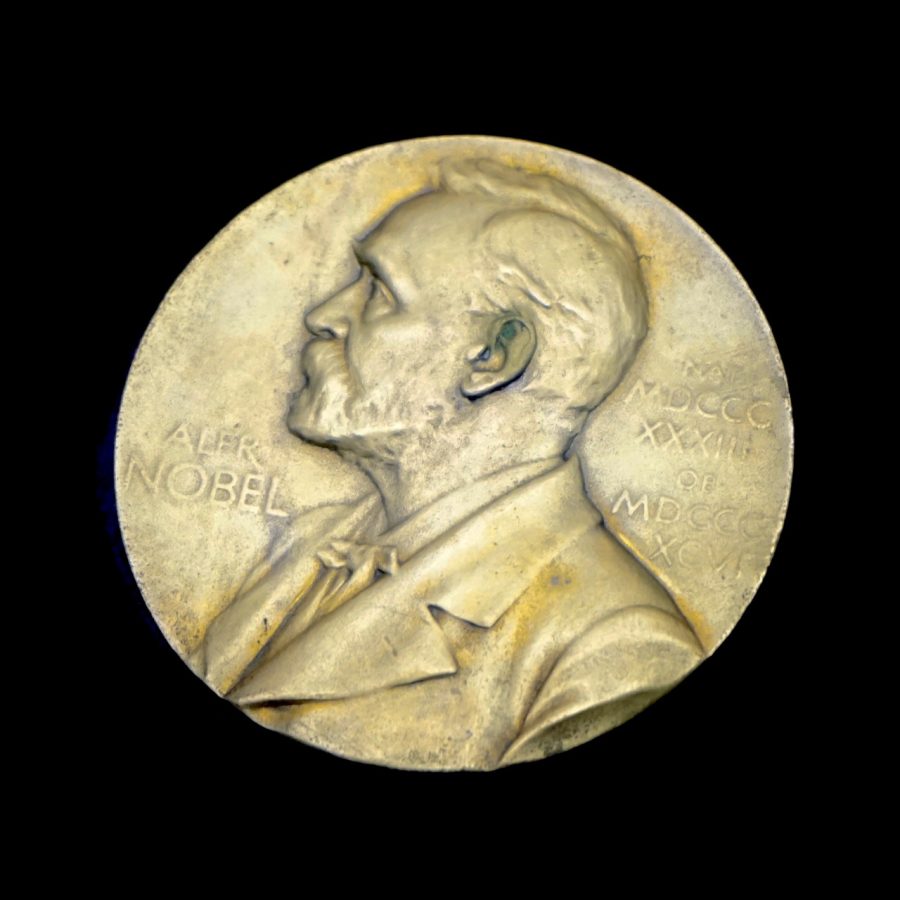2016 Nobel Prizes Honor Discoveries in Topography, Nanotechnology, and Autophagy
October 9, 2016
The 2016 Nobel Prizes in Physics, Chemistry, and Physiology and Medicine were awarded last week. For over a century, these prizes have been awarded to recognize significant contributions to each field and honor those scientists who made the discoveries.
The 2016 Nobel Prize in Physics was awarded to three scientists for their research in materials science. Half of the prize was presented to David J. Thouless, and the other half was divided between Duncan M. Haldane and J. Michael Kosterlitz. The three scientists studied unusual states of matter and used topology, a branch of mathematics, to develop theoretical explanations about that unusual behavior. Specific examples of unusual matter they studied include superfluids, superconductors, and thin magnetic fields.
The 2016 Nobel Prize in Chemistry was awarded jointly to three scientists for their contributions to nanotechnology. Nanotechnology is a branch of science that studies the manipulation of extremely small structures, especially individual atoms and molecules. The three scientists, Jean-Pierre Sauvage, Sir J. Fraser Stoddart, and Bernard L. Feringa, conducted separate research on the development of molecular machines. For over more than a decade, Dr. Sauvage researched unconventionally bonded ringed molecular structures, termed “supermolecules,” and created a type of molecular motor. Sir Fraser was honored for his development of a molecular shuttle, which he created by applying energy to a structure composed of a ringed molecule and a very tiny axle. Dr. Feringa received his share of the prize for successfully developing a molecular motor in which a ringed molecule spins steadily in a single direction. Their nanotechnology research has countless implications for future computational and medical technology.
The 2016 Nobel Prize in Physiology or Medicine was awarded to Yoshinori Ohsumi for his research on autophagy. Autophagy is a cellular process for “cleaning out” organelles. When organelles are designated to be degraded, they are delivered to lysosomes, where they are broken down, in vesicles known as autophagosomes. After first discovering the genes of the autophagosome assembly process, Dr. Ohsumi uncovered the details of how the autophagosomes are formed. Dr. Ohsumi’s research helps to explain how certain diseases, such as Parkinson’s, result from malfunctions in autophagy.



